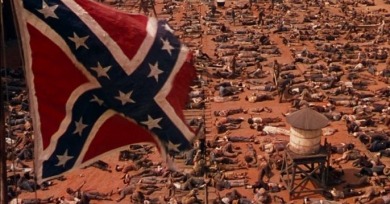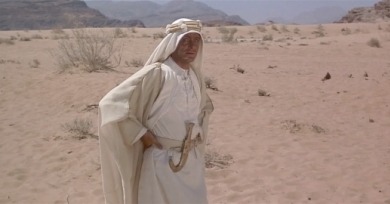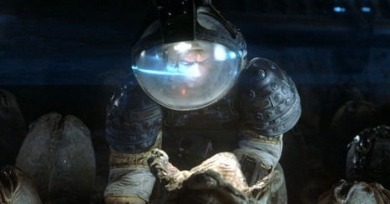See It Big
Articles written on films showing in the Museum of the Moving Image's SEE IT BIG series, co-programmed by Reverse Shot editors Michael Koresky and Jeff Reichert
Everyone seems to understand the basic concept about Martin Scorsese’s biopic of Jake La Motta: that it’s a sports picture blown up into tragic opera, a film about a small (and often, as depicted, small-minded) person who somehow attains mythic grandeur.
With its sweeping views of Tara and its still-shocking mass of injured soldiers horrifically piled up in an Atlanta square, Gone with the Wind is big in a literal sense. But the film is also remarkably intimate, allowing seemingly small things to come into focus as they are thrown against the relentless march of history.
How are movies meant to be watched? The question inevitably, frustratingly, then raises a second question: What is a movie?
You’ve seen a movie inspired by Lawrence of Arabia, no doubt. You may well have seen a movie that parodies it, a sincere form of cinematic flattery. You’ve certainly seen bits and pieces replayed in every Academy Awards montage. But if you haven’t seen Lawrence on the big screen, then you just haven’t seen it all.
The first clue is in the title. Not in its meaning exactly, but in the fact that when Jacques Tati’s 1967 cri de coeur, three painful years in the making, was finally released in French cinemas, the title was in English. Gasp!
The Shining turned out to be, paradoxically, Kubrick’s most controlled and most chaotic film, an exquisite structure that finally busts apart, as though with an axe.
Home entertainment systems are excellent, small-scale approximators of Dolby-equipped movie theaters, but in order to fully appreciate Alien, you really do have to see it on a towering screen and experience the uncanny sensation.






